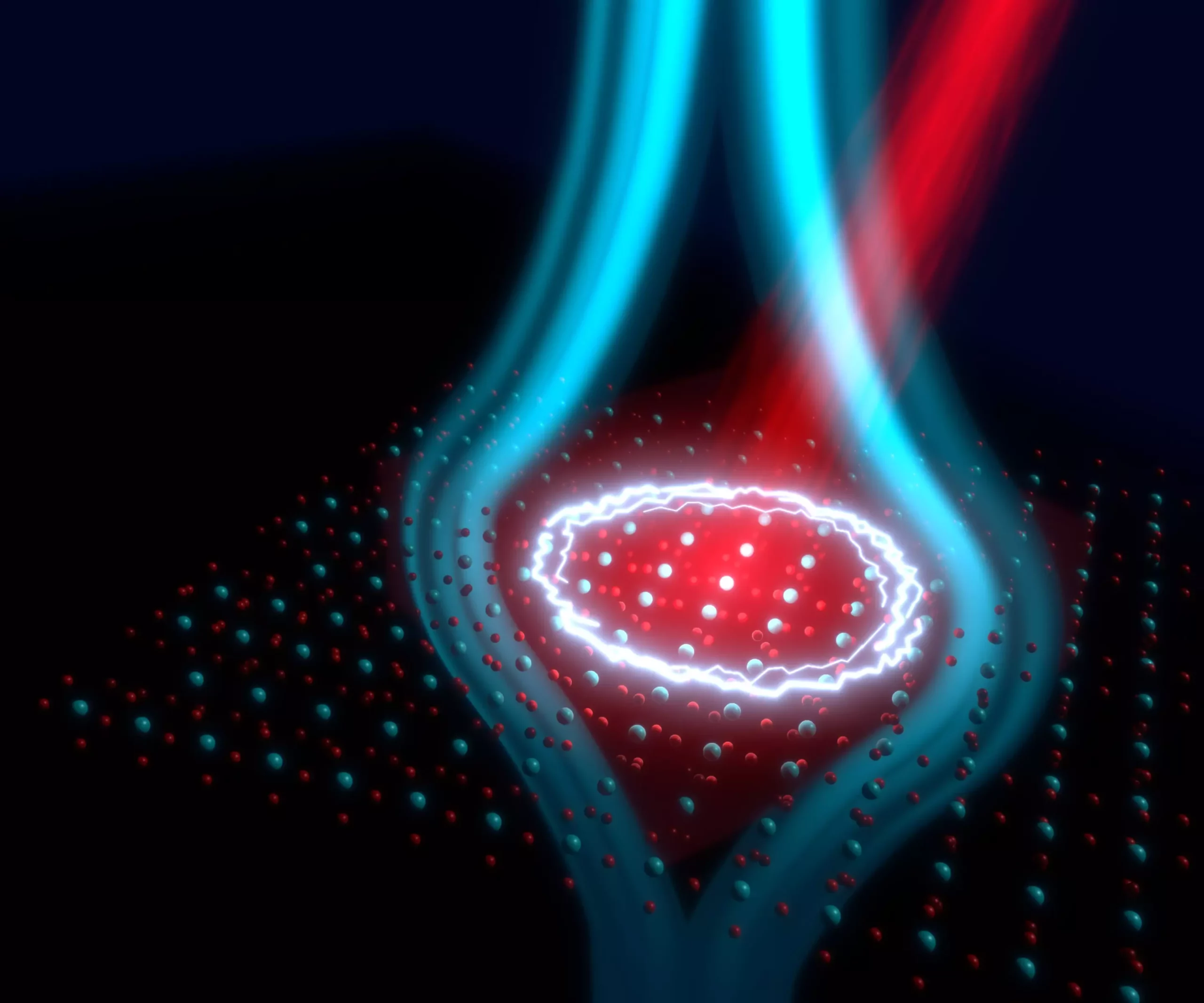Superconductivity is a spellbinding phenomenon where materials can carry electrical currents without any loss of energy. This extraordinary ability stems from a unique collective quantum behavior that only emerges in specific materials when temperatures plummet far below what we typically encounter. Historically, superconductivity has been largely confined to low-temperature environments, delineating a strong boundary between conventional superconductivity and the behaviors observed under different thermal states. However, groundbreaking research has begun to unravel the potential of superconductivity even at ambient temperatures, fundamentally changing our understanding of this scientific marvel.
Non-Equilibrium States: A New Frontier
Recent studies are shifting focus towards non-equilibrium states where materials are subjected to conditions that deviate from thermal equilibrium. One of the most thrilling developments in this field is the concept of “light-induced superconductivity,” a process triggered by laser irradiation. Under these experimental conditions, researchers have documented superconducting features that could revolutionize the way we think about high-speed electronic devices. The implications of this newfound phenomenon go beyond simply replicating the static conditions of traditional superconductivity; they open avenues for innovative applications that leverage rapid fluctuations and laser control.
The very notion of harnessing laser pulses to evoke superconductivity raises exciting questions. Could we engineer devices that utilize light as a means to regulate superconducting states? This not just makes for tantalizing theoretical exploration but also aligns with the fast-paced technologies we depend upon today.
Pioneering Research at MPSD
The Max Planck Institute for the Structure and Dynamics of Matter (MPSD) in Hamburg has been at the forefront of this cutting-edge research. Led by the astute Andrea Cavalleri, the research team has made significant strides in demystifying the properties of laser-induced superconductivity. Their groundbreaking experiments have revealed that when the high-temperature superconductor YBa2Cu3O6+x is subjected to laser light, it can exhibit zero electrical resistance and expel magnetic fields—a phenomenon akin to the established Meissner effect observed in conventional superconductors.
This is no mundane discovery; it pushes the envelope on existing theoretical frameworks concerning superconductivity. Employing innovative experimental setups, the team captured the fleeting magnetic field changes occurring in just a few picoseconds. This unprecedented potential for measurement allows us profound insight into the behavior of superconductors, challenging and perhaps redefining the boundaries of current theories.
The Mechanics of Magnetic Field Expulsion
Sebastian Fava’s team developed a meticulous method involving a spectator crystal placed near the superconductor sample. This crystal acts as a detector for any magnetic field alterations, translating changes into measurable variations in light polarization. This illustrates a masterclass of scientific ingenuity—bridging the microscopic world of quantum phenomena with macroscopic measurement techniques.
Their outcomes suggest that light-induced magnetic fields can mirror equilibrium states achieved at cryogenic temperatures, pointing to a tantalizing idea: perhaps, one day, we could harness these properties at room temperature. The potential to synchronize fluctuating superconducting states to restore order explains the excitement surrounding this research, providing hope for the elusive goal of practical ambient-temperature superconductors.
A Beacon for Future Research and Applications
While the consensus on the underlying mechanics of light-induced superconductivity in YBa2Cu3O6.48 remains yet to be reached, each experiment serves as a critical benchmark, fostering further inquiry into these exotic phases of matter. Researchers now stand on the brink of potentially reshaping modern electronics by incorporating superconductivity into devices that can function under normal conditions—a leap toward the future where energy loss in circuits becomes a relic of the past.
This transformative research not only emphasizes the vital role of interdisciplinary approaches but also underscores that every leap in fundamental science often carries unforeseen applications. The journey is only beginning, and the prospect of finding superconductivity in a high-temperature context, manipulated through the precise application of light, presents opportunities we have only just begun to explore. As the scientific community continues to delve into these findings, the excitement surrounding practical superconductors may soon reach a critical mass—one that could electrify the fields of technology and energy alike.


Leave a Reply